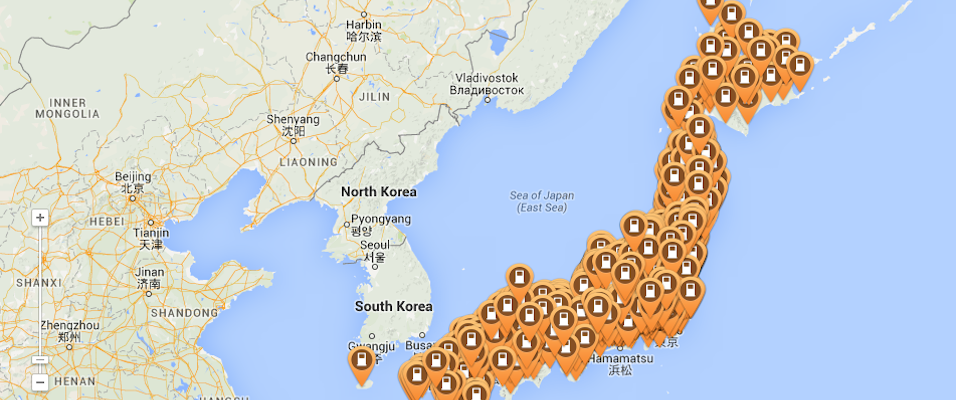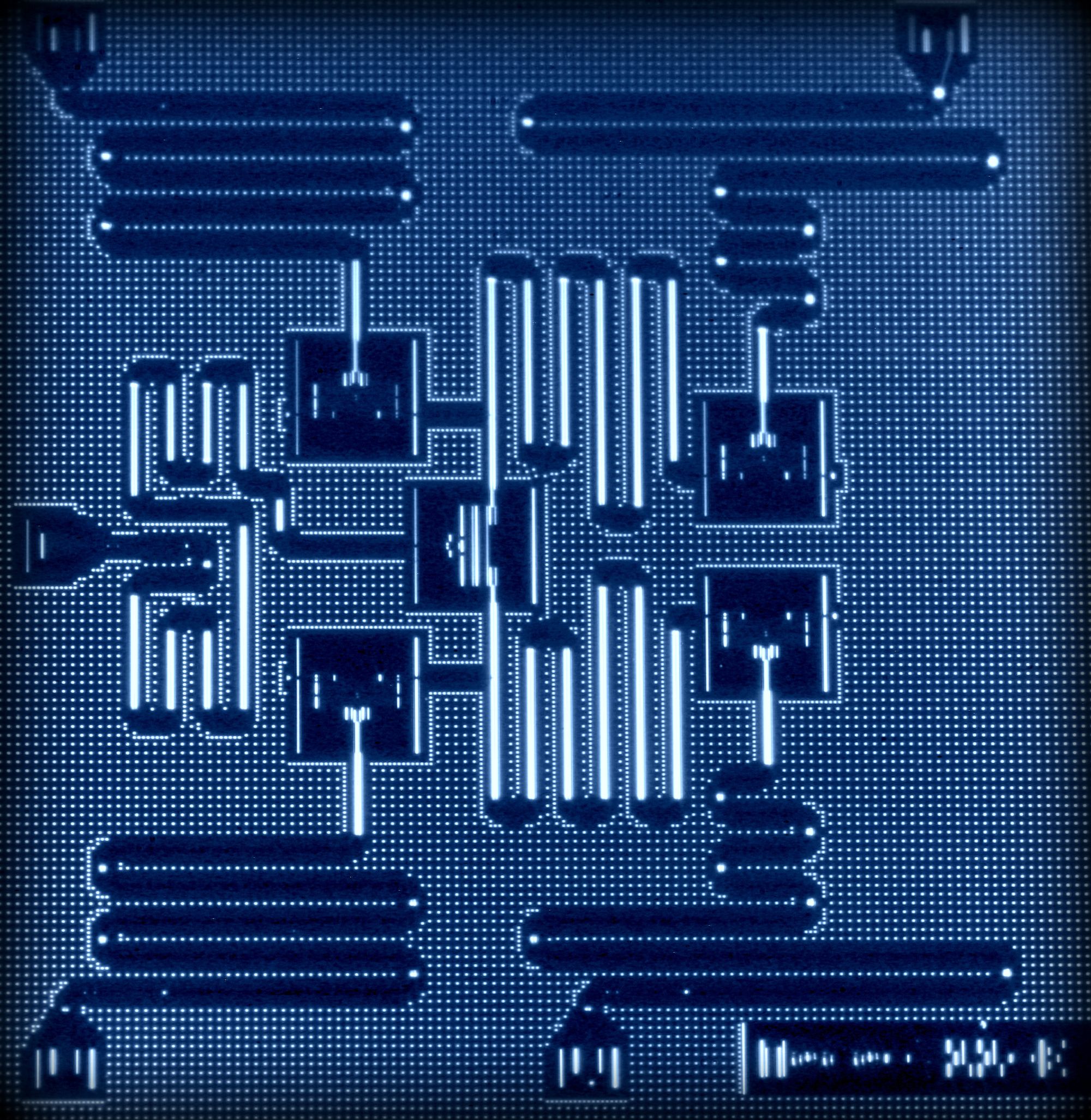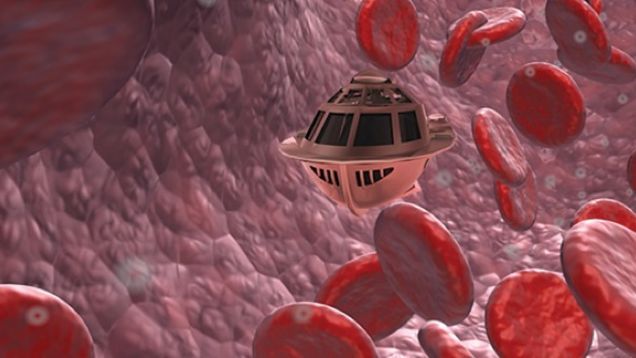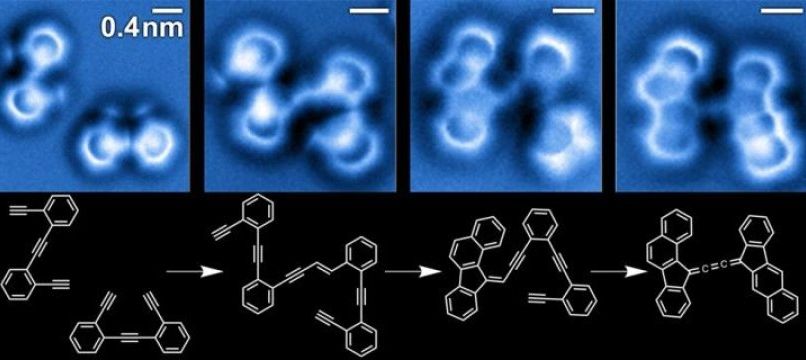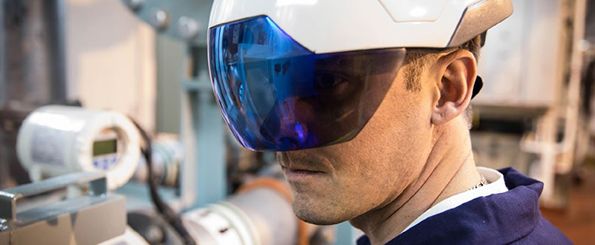Page 11213
May 3, 2016
IBM Inches Ahead of Google in Race for Quantum Computing Power
Posted by Klaus Baldauf in categories: computing, quantum physics
IBM believes it can demonstrate an experimental chip that will prove the power of quantum computers in just a few years.
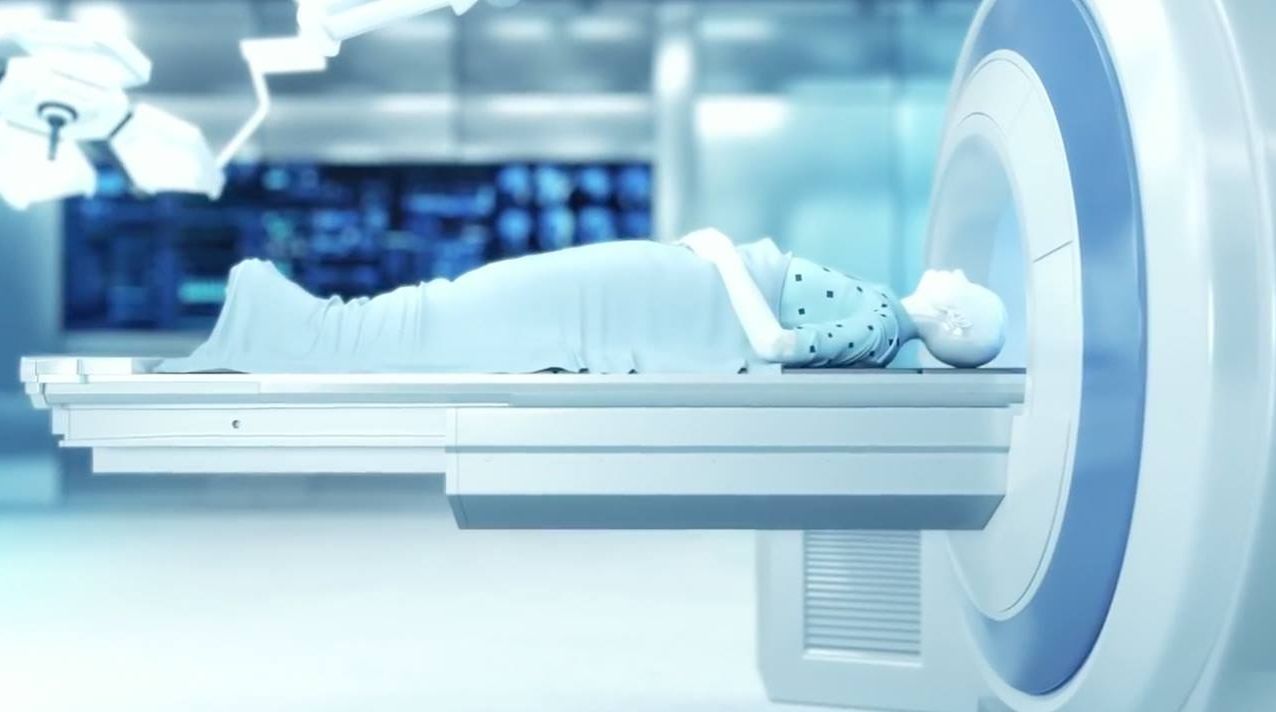
This biotech company just got approval to try and bring clinically dead patients back to life.
http://www.telegraph.co.uk/science/2016/05/03/dead-could-be-…g-project/
Can we revive the dead?
May 3, 2016
A Computer Was Programmed to Write a Novel, This Is What It Wrote
Posted by Sean Cusack in categories: computing, robotics/AI
I had thought my job was safe from automation—a computer couldn’t possibly replicate the complex creativity of human language in writing or piece together a coherent story. I may have been wrong. Authors beware, because an AI-written novel just made it past the first round of screening for a national literary prize in Japan.
The novel this program co-authored is titled, The Day A Computer Writes A Novel. It was entered into a writing contest for the Hoshi Shinichi Literary Award. The contest has been open to non-human applicants in years prior, however, this was the first year the award committee received submissions from an AI. Out of the 1,450 submissions, 11 were at least partially written by a program.
Here’s a except from the novel to give you an idea as to what human contestants were up against:
Continue reading “A Computer Was Programmed to Write a Novel, This Is What It Wrote” »
May 3, 2016
The recently created World’s tiniest engine can enter living cells
Posted by Karen Hurst in categories: entertainment, neuroscience
No longer in the movies.
Specific regions of the brain are specialized in recognizing bodies of animals and human beings. By measuring the electrical activity per cell, scientists from KU Leuven, Belgium, and the University of Glasgow have shown that the individual brain cells in these areas do different things. Their response to specific contours or body shapes is very selective.
Facial recognition has already been the subject of much research. But what happens when we cannot recognize an animal or a human being on the basis of a face, but only have other body parts to go on? The mechanism behind this recognition process is uncharted territory for neuroscientists, says Professor Rufin Vogels of the KU Leuven Laboratory for Neuro- and Psychophysiology.
Continue reading “The recently created World’s tiniest engine can enter living cells” »
May 3, 2016
Intermediates in a chemical reaction photographed ‘red-handed’
Posted by Karen Hurst in category: futurism
For the first time, researchers have imaged and identified the bond configuration of the intermediates in a complex sequence of chemical transformations of enediyne molecules on a silver surface and has resolved the microscopic mechanisms that account for their behavior.
May 3, 2016
How One High Schooler’s Summer Project Is Helping Doctors Understand Zika
Posted by Karen Hurst in categories: biotech/medical, education
May 3, 2016
Brain Cells Divide The Work To Recognize Bodies
Posted by Karen Hurst in category: neuroscience
Specific regions of the brain are specialized in recognizing bodies of animals and human beings. By measuring the electrical activity per cell, scientists from KU Leuven, Belgium, and the University of Glasgow have shown that the individual brain cells in these areas do different things. Their response to specific contours or body shapes is very selective.
Facial recognition has already been the subject of much research. But what happens when we cannot recognize an animal or a human being on the basis of a face, but only have other body parts to go on? The mechanism behind this recognition process is uncharted territory for neuroscientists, says Professor Rufin Vogels of the KU Leuven Laboratory for Neuro- and Psychophysiology.
“Previous research in monkeys has shown that small areas in the temporal lobes — the parts of the brain near the temples — are activated when the monkeys look at bodies instead of objects or faces. Brain scans tell us that these regions of the brain correspond to the ones activated in human beings. But that only tells us which regions are active, not which information about bodies is passed on by their cells.”
May 3, 2016
Watch immune cells ‘glue’ broken blood vessels back together
Posted by Karen Hurst in categories: biotech/medical, genetics, neuroscience
Very cool!
As we age, tiny blood vessels in the brain stiffen and sometimes rupture, causing “microbleeds.” This damage has been associated with neurodegenerative diseases and cognitive decline, but whether the brain can naturally repair itself beyond growing new blood-vessel tissue has been unknown. A zebrafish study published on May 3 in Immunity describes for the first time how white blood cells called macrophages can grab the broken ends of a blood vessel and stick them back together.
“Microbleeding occurs very often in the human brain, particularly in elderly people,” says Lingfei Luo, a developmental geneticist at Southwest University in China. “We believe that this macrophage behavior is the major cellular mechanism to repair ruptures of blood vessels and avoid microbleeding in the brain.”
To simulate a human brain microbleed, Luo and his colleagues shot lasers into the brains of live zebrafish to rupture small blood vessels, creating a clean split in the tissue with two broken ends. Then, the researchers used a specialized microscope to watch what happened next.
May 3, 2016
Augmented Reality Transforms Worker Safety and Efficiency
Posted by Karen Hurst in categories: augmented reality, innovation
AR working ; I cannot wait to see what we do with AR in many of the other enterprise apps.
Augmented reality is transforming field maintenance. With DAQRI Smart Helmet™, workers get real-time visual instructions, equipment diagnostics, and operational data, turning every user into a maintenance expert.
By combining DAQRI’s innovative design with Intel’s powerful technology, DAQRI Smart Helmet helps workers be more productive and less error-prone. As an example of how powerful augmented reality can be, Kazakhstan Seamless Pipe (KSP Steel) used the helmet to achieve a 40% increase in worker productivity and a 50% reduction in factory downtime.
Continue reading “Augmented Reality Transforms Worker Safety and Efficiency” »
